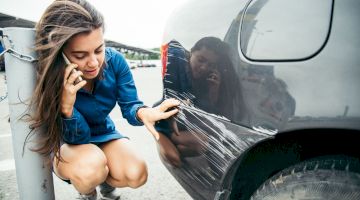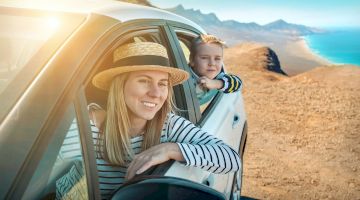- Online car hire since 2005

Car hire Netherlands
Save time and money. We compare the offers of car rental companies in Netherlands on your behalf.
- Free cancellation Up to 48 hours prior to the scheduled pick-up time
- Best price guarantee Have you found a better price? Let us know and we will make you a better offer.
- 24000+ pick-up locations Locations around the world

Car hire Netherlands
EasyTerra Car Hire Netherlands is an independent car hire comparison site. Our site compares prices from well-known car rental companies so that, as a customer, you can always reserve your car with us at a competitive rate.
Car rental offers in Netherlands
Whether you're looking for a small rental car or a station wagon for the entire family, we will always have a suitable vehicle at the lowest price. Below are some examples from our selection in Netherlands.
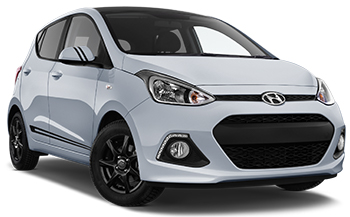
-
Green Motion From£ 14 /day -
Alamo From£ 23 /day -
Enterprise From£ 26 /day
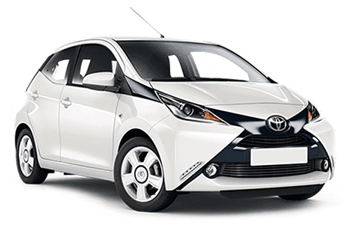
-
Thrifty From£ 16 /day -
Budget From£ 20 /day -
Avis From£ 21 /day

-
Avis From£ 23 /day -
Budget From£ 23 /day -
Thrifty From£ 26 /day
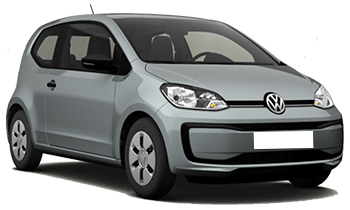
-
Keddy By Europcar From£ 19 /day -
National Car Rental From£ 55 /day
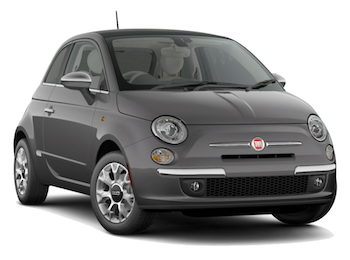
-
Thrifty From£ 19 /day -
Keddy By Europcar From£ 20 /day -
Dollar Rent a Car From£ 22 /day

-
Keddy By Europcar From£ 23 /day -
Hertz From£ 25 /day -
Europcar From£ 26 /day
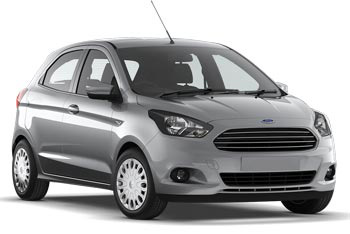
-
Thrifty From£ 20 /day
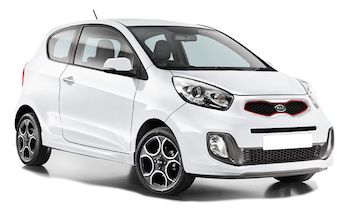
-
Dollar Rent a Car From£ 21 /day -
Enterprise From£ 26 /day

-
Dollar Rent a Car From£ 25 /day -
Enterprise From£ 29 /day

-
Hertz From£ 16 /day -
Dollar Rent a Car From£ 23 /day -
Thrifty From£ 24 /day

-
Green Motion From£ 16 /day

-
Sixt From£ 23 /day -
Flizzr From£ 25 /day -
Hertz From£ 26 /day

-
Flizzr From£ 18 /day -
Sixt From£ 21 /day -
Hertz From£ 22 /day
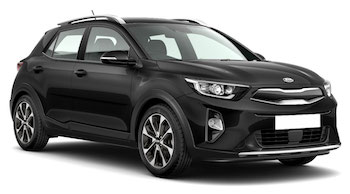
-
Flizzr From£ 19 /day -
Sixt From£ 21 /day
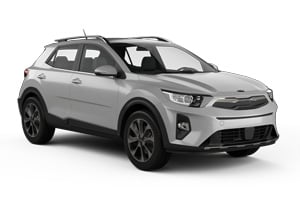
-
Sixt From£ 24 /day -
Flizzr From£ 24 /day
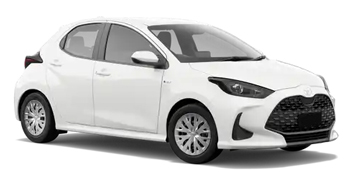
-
Keddy By Europcar From£ 20 /day -
Budget From£ 23 /day -
Hertz From£ 24 /day

-
Keddy By Europcar From£ 20 /day -
Europcar From£ 25 /day -
National Car Rental From£ 61 /day
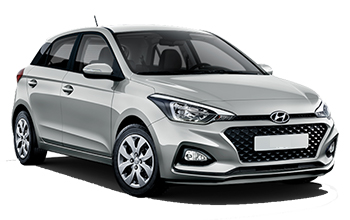
-
Hertz From£ 26 /day
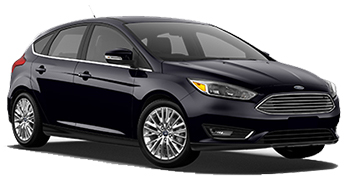
-
Thrifty From£ 16 /day -
Hertz From£ 25 /day -
Alamo From£ 25 /day

-
Hertz From£ 16 /day -
Europcar From£ 28 /day -
Thrifty From£ 30 /day
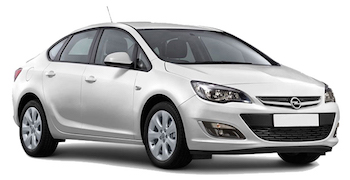
-
Flizzr From£ 25 /day -
Sixt From£ 26 /day
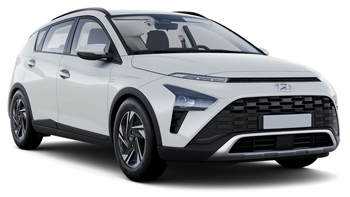
-
Thrifty From£ 20 /day -
Green Motion From£ 23 /day -
Dollar Rent a Car From£ 33 /day

-
Hertz From£ 20 /day -
Flizzr From£ 21 /day -
Dollar Rent a Car From£ 23 /day

-
Sixt From£ 26 /day -
Flizzr From£ 26 /day -
Europcar From£ 32 /day

-
Hertz From£ 21 /day -
Budget From£ 27 /day -
Avis From£ 27 /day

-
Flizzr From£ 21 /day -
Keddy By Europcar From£ 23 /day -
Sixt From£ 24 /day
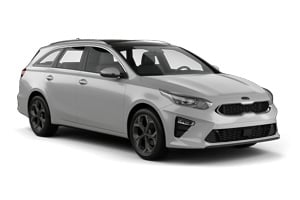
-
Sixt From£ 26 /day

-
Thrifty From£ 16 /day

-
Hertz From£ 20 /day
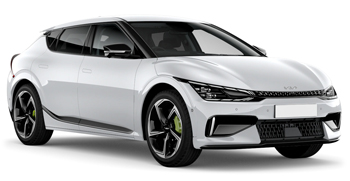
-
Sixt From£ 28 /day
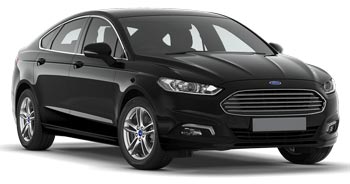
-
Thrifty From£ 20 /day
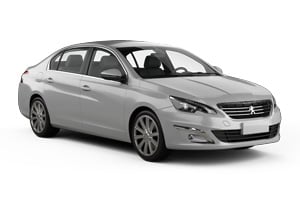
-
Flizzr From£ 22 /day -
Sixt From£ 26 /day -
Keddy By Europcar From£ 31 /day

-
Sixt From£ 29 /day -
Flizzr From£ 31 /day -
Europcar From£ 40 /day
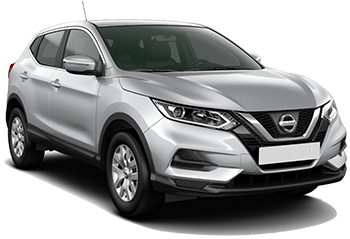
-
Hertz From£ 22 /day -
Budget From£ 24 /day -
Avis From£ 25 /day
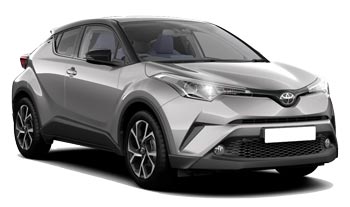
-
Hertz From£ 22 /day

-
Flizzr From£ 29 /day -
Sixt From£ 30 /day

-
Keddy By Europcar From£ 23 /day -
Europcar From£ 27 /day

-
Hertz From£ 23 /day -
Budget From£ 30 /day -
Avis From£ 32 /day

-
Europcar From£ 29 /day -
Keddy By Europcar From£ 35 /day
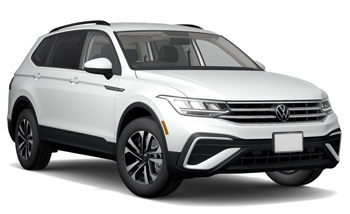
-
Keddy By Europcar From£ 24 /day -
Europcar From£ 26 /day

-
Flizzr From£ 26 /day -
Sixt From£ 27 /day

-
Sixt From£ 30 /day -
Flizzr From£ 37 /day

-
Europcar From£ 26 /day

-
Europcar From£ 27 /day

-
Europcar From£ 30 /day

-
Hertz From£ 23 /day
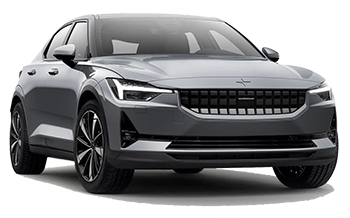
-
Hertz From£ 23 /day
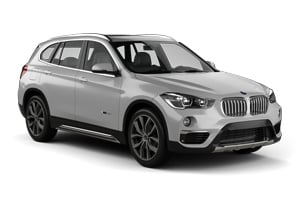
-
Sixt From£ 32 /day

-
Sixt From£ 28 /day

-
Sixt From£ 29 /day -
Flizzr From£ 29 /day

-
Sixt From£ 33 /day -
Flizzr From£ 36 /day
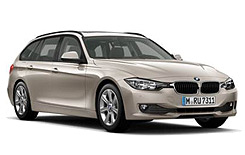
-
Sixt From£ 29 /day -
Flizzr From£ 30 /day -
Avis From£ 34 /day
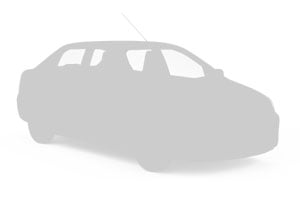
-
Keddy By Europcar From£ 30 /day

-
Sixt From£ 33 /day -
Flizzr From£ 36 /day -
Alamo From£ 45 /day

-
Sixt From£ 33 /day -
Flizzr From£ 37 /day
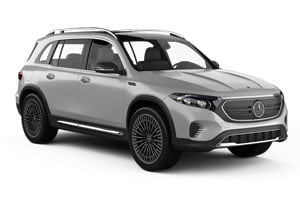
-
Keddy By Europcar From£ 33 /day

-
Keddy By Europcar From£ 38 /day

-
Hertz From£ 36 /day
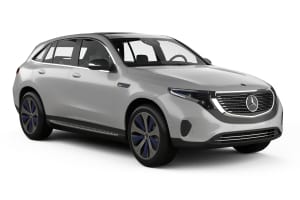
-
Sixt From£ 36 /day

-
Hertz From£ 39 /day

-
Sixt From£ 37 /day

-
Sixt From£ 40 /day

-
Sixt From£ 38 /day
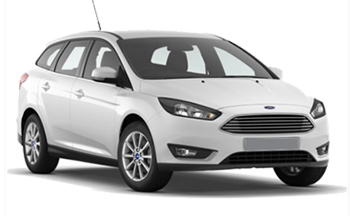
-
Thrifty From£ 16 /day -
Hertz From£ 25 /day -
Enterprise From£ 32 /day
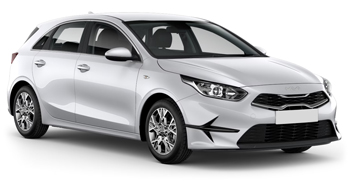
-
Hertz From£ 20 /day -
Flizzr From£ 21 /day -
Sixt From£ 24 /day

-
Sixt From£ 26 /day

-
Hertz From£ 21 /day -
Budget From£ 27 /day -
Avis From£ 27 /day
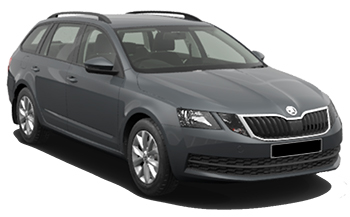
-
Flizzr From£ 23 /day -
Sixt From£ 28 /day -
Alamo From£ 33 /day

-
Flizzr From£ 26 /day -
Sixt From£ 28 /day -
Hertz From£ 36 /day

-
Sixt From£ 25 /day
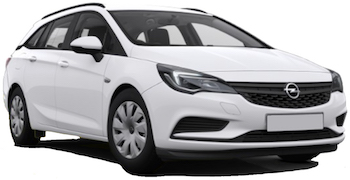
-
Sixt From£ 26 /day

-
Sixt From£ 28 /day
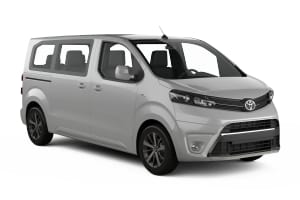
-
Budget From£ 34 /day -
Avis From£ 38 /day
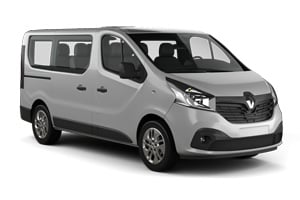
-
Avis From£ 43 /day -
Budget From£ 45 /day

-
Budget From£ 58 /day -
Avis From£ 61 /day
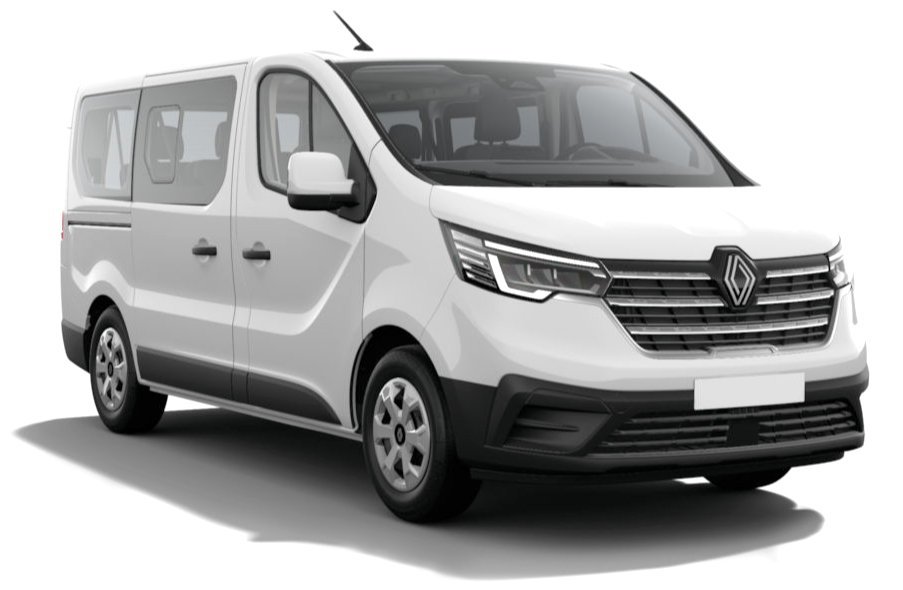
-
Avis From£ 45 /day -
Budget From£ 50 /day

-
Sixt From£ 54 /day -
Alamo From£ 89 /day -
Enterprise From£ 104 /day

-
Sixt From£ 65 /day -
Alamo From£ 89 /day -
Enterprise From£ 108 /day
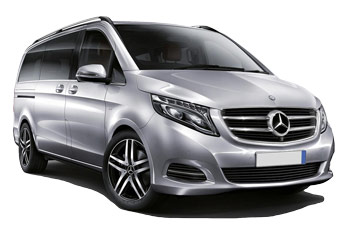
-
Keddy By Europcar From£ 68 /day

-
Keddy By Europcar From£ 65 /day -
Europcar From£ 87 /day -
Alamo From£ 115 /day

-
Avis From£ 73 /day
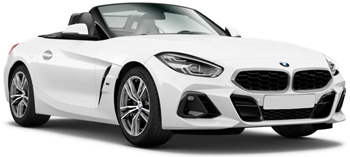
-
Sixt From£ 42 /day

-
Sixt From£ 46 /day

-
Sixt From£ 56 /day

-
Sixt From£ 64 /day

-
Sixt From£ 156 /day

-
Sixt From£ 175 /day

-
Flizzr From£ 19 /day -
Sixt From£ 21 /day

-
Flizzr From£ 21 /day -
Sixt From£ 25 /day

-
Flizzr From£ 24 /day -
Sixt From£ 26 /day

-
Green Motion From£ 23 /day
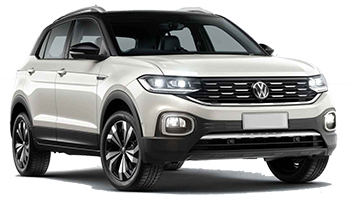
-
Keddy By Europcar From£ 23 /day -
Green Motion From£ 26 /day

-
Flizzr From£ 26 /day -
Sixt From£ 27 /day

-
Keddy By Europcar From£ 23 /day -
Europcar From£ 27 /day
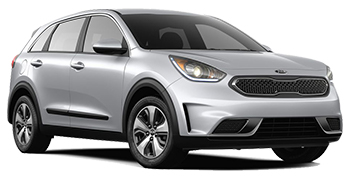
-
Flizzr From£ 23 /day -
Sixt From£ 27 /day
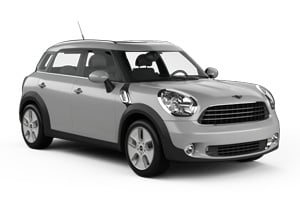
-
Sixt From£ 28 /day

-
Hertz From£ 23 /day

-
Hertz From£ 23 /day

-
Sixt From£ 27 /day

-
Sixt From£ 24 /day
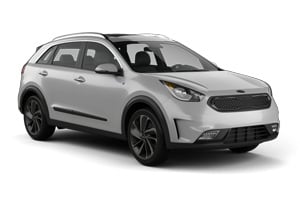
-
Budget From£ 24 /day -
Avis From£ 26 /day

-
Sixt From£ 27 /day

-
Sixt From£ 24 /day
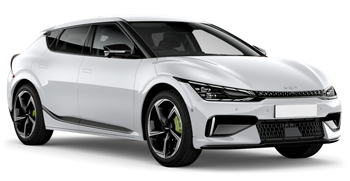
-
Sixt From£ 25 /day -
Budget From£ 28 /day -
Avis From£ 29 /day

-
Sixt From£ 28 /day -
Budget From£ 46 /day -
Hertz From£ 48 /day
Popular cities in Netherlands
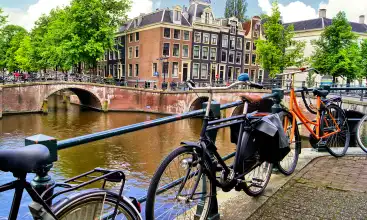
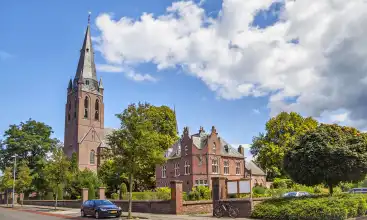


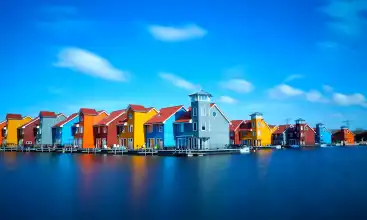
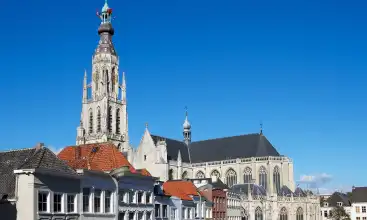
Useful tips for a well-prepared trip
Which insurance should I choose, and what's the deal with the deposit? Read our articles with useful information and tips to ensure you choose the right rental car for you.
Car rental locations in Netherlands
EasyTerra Car Hire compares rental car prices at the following destinations

Location information for Netherlands
Netherlands is best explored by rental car. EasyTerra Car Hire has over 225 pick-up locations in Netherlands. This means there is always a pick-up location close to your destination.
Most popular car hire locations in Netherlands
Introduction
This small country is best known for its tulips, wooden shoes and windmills. However, the Netherlands have much more to offer than that. The landscape, although predominantly flat, is very diverse. You can enjoy a nice walk around a bog area or catch the wind at the coast. In some cities it is even possible to take a tour through the canals. The Dutch people are very friendly and speak good English. So language should be no excuse not to visit this low country!
History
The area we now know as The Netherlands has been inhabited for tens of thousands of years. Excavations give us an indication as to what the country must have looked like back then. Megalithic monuments of the beaker culture are the best known prehistoric remains. These were built in the Stone Age.
The first written sources about the Netherlands appeared in Roman times. At the end of the first century BC, the present-day Netherlands was in the hands of the Romans. The river Rhine formed the boundary of the Roman Empire. In that time the cities of Utrecht, Nijmegen and Maastricht were founded. After the fall of the West-Roman Empire in 450, the country was divided into three parts: along the coast there were the Frisians, in the east the Saxons and in the south the Franks. The Frankish empire under Charlemagne was expanding. In that period, the population groups in The Netherlands were converted to Christianity.
The ninth century brought a change: the Frankish Empire was divided; the Netherlands became part of the Holy Roman Empire (present-day Germany). There was much political unrest and various princes fought one another. On the coast, the earldom of Holland was formed.
After these 'dark Middle Ages', Western Europe slowly progressed. Trade increased and the population grew. The Holland region, with Dordrecht as its most important city, became ever more important. Halfway through the fifteenth century, the Netherlands were added to the Burgundy Empire. The German Emperor Charles V came to power here. Spain, America and Germany were part of the same Empire. Charles V united The Netherlands with present-day Belgium and Luxembourg, under the same Seventeen Provinces (or the Spanish Netherlands). In 1555, he transferred power to his son, Philip II.
Philip II was a Catholic and he would not allow parts of the Netherlands to become protestant. In 1568, this led to the Eighty Years War. Philip II sent the Duke of Alva, a Spanish general, to the Netherlands to suppress the rebellion. The Dutch, headed by William of Orange, resisted the Spanish oppression. The struggle for independence lasted until 1648. In that year the Dutch Republic finally became independent.
The large-scale trade of the Dutch Republic had emerged during the Eighty Years War. Ships were improved, colonies had been founded (including Dutch Indies) and a naval and trade power had arisen. After the rebellion against the Spanish, the Golden Age began. The republic was the richest country in western civilization.
At the end of the 17th century, the tide turned. Steward William II died, leaving the country without a strong leader. The cities and provinces were to a large extent independent. Various trade wars were fought against the English and the Netherlands became poorer. In 1795, the Republic was attacked by France. Until 1813, the country was occupied by Napoleon.
At the beginning of the 19th century Napoleon's empire collapsed. The major powers of that time, Russia, Great Britain, Prussia, united Belgium, Luxembourg and the Netherlands in the United Kingdom of the Netherlands. The first constitution was written in 1798, and the kingdom quickly recovered.
Present-day Belgium began its struggle for independence in 1830, and in 1839, after many battles, it gained independence. Luxembourg remained a part of the Netherlands until 1890. It was a restless age for Europe. In the Netherlands, much changed as well. In 1848, the Liberal politician Johan Thorbecke drafted a new constitution. The Netherlands became a constitutional monarchy, which later led to a democracy. The Catholics regained their rights. The position in Indonesia was reinforced. The native population was repressed through force.
The Netherlands remained neutral in the First World War. The period between the two World Wars was characterized by a pillarisation of society. This caused internal division and meant people only focused on those with similar convictions as their own. Unemployment rose and Indonesia began to demand its independence.
Despite earlier promises, the Germans invaded the Netherlands in 1940. After the Second World War, the Netherlands lost Indonesia as a colony. New-Guinea remained in Dutch hands until 1962. Industrialization got under way and the standard of living increased. The Netherlands decided to work together with Belgium and Luxembourg, and the Benelux was formed.
In the 1960's, 1970's and 1980's there was a wave of democratization. The church lost much of its influence and depillarisation commenced. Emancipation got under way and a major cultural shift took place among the young generation. Pollution and the environment came on the political agenda. Large groups if immigrant workers came to the Netherlands to work. For economic reasons many of them never returned to their native lands.
Nowadays, the Netherlands is a modern, industrial nation. The country is a member of NATO and the European Union. There is a positive attitude towards working together with other European countries, and the country played an important role during the introduction of the euro in 1999. The Netherlands is one of the most tolerant countries on earth. It is, therefore, hardly surprising that it was the first country to allow same sex marriages.
Society and Culture
The Netherlands has over 16.5 million inhabitants and it is the most densely populated country in Europe. It is a multicultural country. More than 80% of the population has the Dutch identity. A little more than 10% of the country's other inhabitants was born outside of Europe, in particular Turkey, Morocco, Suriname and the Netherlands Antilles. The Frisians have a special position among the Dutch population. In 2005, they were officially recognized as a minority.
The country has no city with more than one million inhabitants. The four major cities are: Amsterdam (the capital), Rotterdam, The Hague and Utrecht. Together with the surrounding areas, they form the urban centre known as the 'Randstad'. This area has about seven million inhabitants.
Frisian and Dutch are the official languages in this densely populated country. Almost all its inhabitants speak and use the Dutch language. Frisian is spoken in the northerly province, Friesland. It is a language that is spoken by fewer and fewer people. In addition, there are various regional dialects, especially in the east and south of the country.
In origin the Netherlands is a Christian country. Nowadays, only half of the population is a member of a church community. A majority of the religious population is Roman-Catholic. Most of them live in the southerly provinces of Noord-Brabant and Limburg. About 20% of the population is protestant (predominantly reformed). This part of the population is located above all the north of the country. In addition, there are about 920,000 Muslims. They are primarily of Turkish and Moroccan origin. This group of the population is largely concentrated in the major cities.
Vincent van Gogh, Piet Mondriaan, M.C. Escher and Rembrandt van Rijn are internationally renowned painters. The Netherlands are also known for their philosophers, among whom Erasmus of Rotterdam and Spinoza.
This small country is also known for its tulips, windmills, wooden shoes, Delft earthenware and dykes. Generally speaking, the population is direct, straightforward and tolerant. Equality is considered very important. Like in the Scandinavian countries, this is reflected in the extensive social security system. In addition, the country is known for its liberal drugs policy and legalized prostitution, among other places in Amsterdam.
Political Situation
The Netherlands are a constitutional monarchy, with Queen Beatrix as the head of state and the head of government. Hers is a largely ceremonial role. Her eldest son, Prince Willem Alexander, is heir to the throne. The executive power is in the hands of the cabinet. The prime minister is chairman of the cabinet. Since July 22, 2002, Jan Peter Balkenende is the prime minister. Since the 19th century, the cabinet has consisted of various coalitions. No political party is big enough to govern on its own.
Well-known political parties are the Labor Party (PvdA), the Christian Democrats (CDA), the Liberal Party (VVD), the Socialist Party (SP) and the Green Party (GL). The VVD is a rightwing party, the PvdA, SP and GL are leftwing parties and CDA, Prime Minister Balkenende's party, holds a central position. More and more people are voting for leftwing parties.
The population of the Netherlands is aging. The social security system has come under strain from modern developments. Immigration has also been an important item on the political agenda in recent years.
Economy
The Netherlands have a successful, open economy. Foreign trade in particular is important to the Dutch economy. Government influence is decreasing, and there is an increasing emphasis on market forces. Purchasing power per capita is high and unemployment relatively low.
Almost three quarters of the Dutch professional population is active in the service sector. Only a small percentage is working in agriculture. In spite of that, production in this sector is high. The Netherlands export most agricultural produce, after the United States and France. Germany, Belgium, Great Britain, France, Italy and the United States are important trade partners.
Industrial activity focuses mostly on food processing. Well-known companies are Unilever and Heineken. The production of electrical equipment (for instance by Philips) is also important to the economy. The service sector is very much internationally oriented. The bank and transport sectors are the largest economic sectors. Its favorable location makes the country into a European transport hub.
As a co-founder of the European Union, the Netherlands in 1999 was among the first countries to adopt the euro as the national currency.
Geography and Climate
The Netherlands cover a surface of about 41,500 square kilometers. In addition to the mainland, there are a number of islands to the north. Texel is that largest of these so-called Wadden Islands (about 216 square kilometers). The Netherlands borders on Germany (the east), Belgium (in the south), and the North Sea and the Wadden Sea. The total coastline is about 450 km in length, all of which facing the North Sea. The country's total borders measure 1,027 km.
A remarkable aspect of the Netherlands is the flatness of the country. No wonder the country is also called the 'Low Countries'. About half of its surface is less than a meter above sea level, and large parts are even below sea level. Extensive networks of dykes and dunes protect the country from flooding. Some dykes are as high as 25 meters. Numerous pumping stations maintain the water level.
The highest point of the Netherlands is the Vaalsberg. This mountain is situated in the south-east of the country and is 321 meters high. The lowest point, the Zuidplaspolder, lies 7 meters below sea level. Both in the High-Netherlands and in the Low-Netherlands there are moors. Because a lot of peat was removed in the past, various lakes were created. These are now used for recreational purposes. The south of the Netherlands (Zuid-Limburg) has a plateau landscape. Its soil is very old and coal and marl are found there.
Flevoland is the result of polderisation. It is the largest man-made island in the world. Between the province of Noord-Holland and Friesland, there is the so-called Afsluitdijk, a 32 kilometer long dam that in 1932 separated the Zuyderzee and the Wadden Sea, changing the former into what is now the largest lake in the Netherlands: IJsselmeer. The most important rivers are the Rhine, Waal, Schelde and Meuse.
The country has a moderate maritime climate. Its summers are cool and its winters mild. July and August are the hottest months. December, January and February are the coldest months. At the coast, average temperatures reach 16 degrees Centigrade in summer and 3 degrees Centigrade in the winter. Further inland, average temperatures in the summer are 17 degrees Centigrade and in the winter 2 degrees Centigrade. Precipitation falls all year round, with an annual average of 780 mm. So remind yourself to bring an umbrella.
Traffic and Infrastructure
Public transport plays an important role in the Netherlands, and the government tries to encourage people to use it more, in an attempt to reduce traffic congestion and environmental damage. Travelling by train is a good way to move about this country. Both urban and rural areas can be reached by train. National Railways (NS) are the main supplier of transport by train. Traveling by train is relatively cheap.
There are also plenty of bus connections. The bus takes you to more places than the train. However, because buses stop more often, a bus journey may take longer. Sometimes, a combination of bus and train offers the best solution. There are various bus companies. However, you will not notice this all that much; they work well together. Bus tickets can be bought from the bus driver on the bus. You can buy a stamp card at a kiosk, at a bus station, or from a vending machine in some supermarkets.
Traveling by car is also a pleasant way to travel. The country has an extensive high-quality road network. The roads are in very good condition. Traffic congestion is a serious problem, though, especially in the Randstad area. The advantage of (renting) a car (or other motorized vehicle) is that you do not have to worry about the departure times of trains or buses.
The distances and speed limits are indicated in kilometers. You are advised to obey the speed limits: there are countless speed cameras everywhere and fines are high. Also, make sure you do not drink more than 1.5 alcoholic beverages before driving a car. Seat belts are mandatory.
The Netherlands are a small country. You won't drive more than a few hours from west to east before crossing the border (not including traffic jams or other delays). This means that is not customary to take a domestic flight. For international flights, there is an important airport: Amsterdam Schiphol Airport. Schiphol has an extensive international network. Smaller airports are: Eindhoven Welschap Airport, Rotterdam Airport and Groningen Eelde Airport.
There is a lot of transport over water, in particular freight. All the Dutch islands can be reached by ferry. Also, there are ferry services from the Netherlands to, among other places, England. Rotterdam has the largest freight port in the world. Other important ports are: Amsterdam, Groningen, IJmuiden, Terneuzen, Vlissingen and Zaanstad.
Finally, the Netherlands are known for being a bicycle-rich country. Within cities and villages, you will see lots of people on their bikes. In the Netherlands, this is a very common way to move about. People don't only cycle for fun, but also to travel short distances. There are many beautiful cycling routes and traffic is attuned to the many cyclists.
Time zone
The Netherlands have a time zone of GMT +1, or Central European Time (CET). In the summer, clocks are moved forward one hour, which means that darkness comes one hour later.
Food and drink
A typical Dutch dish is 'stamppot'. This dish owes its name to the way it is prepared. Ingredients are mashed with potatoes in a single pot (pan). Examples are 'hutspot' (with carrots), 'andijviestamppot' (with endive) and 'zuurkoolstamppot' with sauerkraut. Furthermore, the Dutch kitchen has been influenced by the French, Italian and German kitchen. The country has many vegetarian products. Some typically Dutch delicacies are drop (liquorice candy), hagelslag (chocolate sprinkles), stroopwafels (Dutch syrop cookies) and pepernoten (cinnamon nuts).
Most Dutch people do not have an extensive breakfast or lunch. A sandwich and glass of milk or cup of coffee will usually do. Dinner is usually relatively early. Most people have dinner between 5.30 pm and 8pm. You may want to keep this in mind when you eat out. In most restaurants, the kitchen closes relatively early.
Dutch people drink a lot of tea and coffee. Also, dairy products are of a good quality. It is possible to drink the tap water. Also, many Dutch people like a good glass of wine or a beer in the pub.
Accommodation
Many places in the Netherlands have hotels. Especially in the cities you'll find enough hotels. You can also choose to stay in a holiday cottage. There are various holiday parks where you can rent a bungalow. In summer, camping is a fun and cheap way to spend the night in the Netherlands. Along the coast and near lakes you'll find many campsites. There are also campsites in quiet areas in a variety of prices and quality. Finally, in the major cities, there are hostels. They offer a cheap way to spend the night, that appeals especially to youngsters. The quality of accommodations in the Netherlands is generally speaking very high, and you will be courteously welcomed.
External Sources
For additional information about the Netherlands, we recommend Google, and the following external sources:
Practical information
-
CurrencyEuro
-
Driving directionRight
-
City speed limit50 km/h
-
Freeway speed limit80 km/h
-
LanguageDutch
-
Popular car categoryEconomy
What most people want to know
The following questions and answers are a selection of the most popular questions. If you do not find the answer to your question, have a look at the Frequently Asked Questions page or contact us.
- Avis
- Alamo
- Enterprise
- Budget
- Green Motion
- Hertz
- Flizzr
- Thrifty
- Dollar Rent a Car
- Keddy By Europcar
- Sixt
- Europcar
- Goldcar
- ACE Rent A Car
- CITROEN
- McRent
- Your Rent
- addCarRental
- Advantage Rent a Car
- National Car Rental
